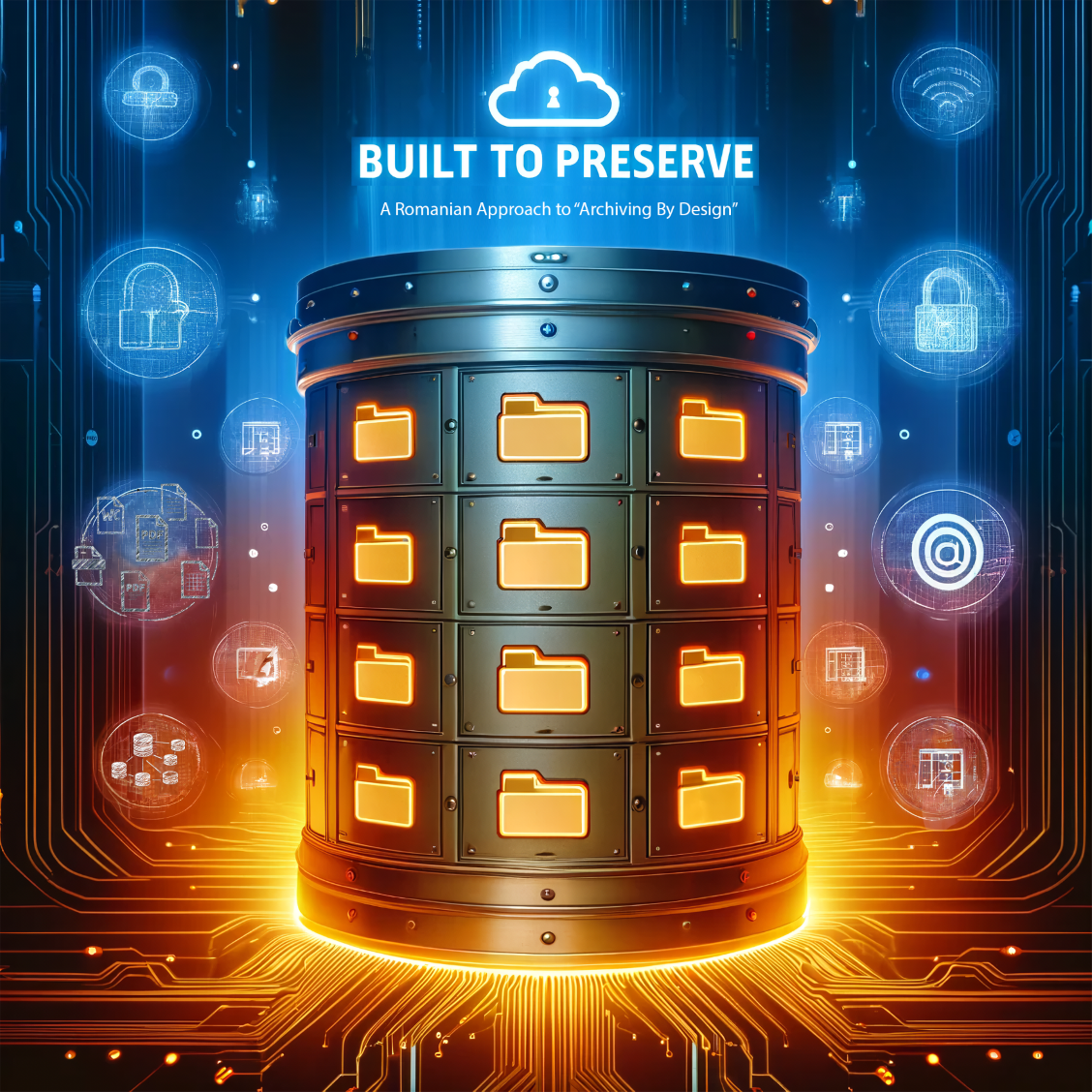Effective records management relies on two actors:
- Practitioners who create records
- Recordkeepers who preserve them
Public organisations produce vast information, yet recordkeeping is often overlooked. Embedding it in daily systems and automating processes improves efficiency and sustainability.
Clear standards and a shared view of records management as an investment are essential. Collaboration between professionals and organisations aligns strategy with archival principles, ensuring long-term access and trust.
Every organization exists to achieve strategic goals, which are carried out through functions and business processes. During these processes, information is created or received — called records — which document and support how the processes were performed. Unlike external descriptions (e.g., news articles), records are process-bound information, directly linked to the activity that produced them.
A record is not just data; it is the result or product of an event. Metadata captures the record’s context, structure, and management over time, ensuring that it can be identified, authenticated, and understood later.
For a record to be valuable as evidence, it must meet four key characteristics:
- Authenticity – the origin, creator, and time must be verifiable.
- Reliability – it must accurately reflect what happened.
- Integrity – it must be complete and unaltered.
- Usability – it must be findable, readable, and interpretable when needed.
Examples:
- A financial report that can be edited anytime loses authenticity and evidential value.
- An incomplete building plan provides unreliable or misleading information.
Electronic records are not limited to traditional document formats. They can include data in databases, websites, or social media, as long as they result from organizational activities. Identifying their boundaries can be challenging due to their interconnected digital nature.
In summary, organizations create and preserve records to show how activities were informed, executed, and concluded. Their evidential value depends on whether they remain authentic, reliable, complete, and usable — proving what was done, by whom, and when.
Fragile by Nature
Electronic records don’t age well.
Old formats, obsolete software and missing documentation make recovery nearly impossible.
Acting early is the only way to keep digital memory alive.
Benefits for Organisations
- Good recordkeeping means:
- Greater transparency and accountability
- Legal certainty and protection of rights
Records aren’t just files — they’re the backbone of efficient governance.
Impact on Society
When information is managed well:
- Public trust grows
- Bureaucracy decreases
- Services improve
Records help keep governments open, fair, and responsible.
Advocacy Through Archiving by Design (AbD)
Not every organisation sees recordkeeping as a priority.
That’s why advocacy should focus on benefits, not just legal duties:
- Long-term access to information
- Protection of rights and interests
- Operational efficiency
In Short
Proper records management isn’t paperwork — it’s preserving the public’s memory and enabling better decisions for the future.
The Role of Systems
Information is the lifeblood of every organisation.
Automated systems manage this flow — capturing, storing, and processing information as part of daily business.
When designed correctly, they ensure that records are created, managed, and preserved seamlessly within the workflow.
Digital vs. Paper Records
Paper records can be read directly by humans.
Digital records, however, are mediated — they depend on software to be viewed or used.
If that software disappears or becomes incompatible, the information becomes inaccessible.
That’s why system compatibility and sustainability are key principles of modern records management.
Planning from the Start
Good record management starts before a record is created.
In digital systems, rules for capturing, classifying, and preserving information must be built into the system design — not added later.
Ignoring these requirements can lead to:
- Unreadable or lost data
- Excessive storage and maintenance costs
- Inability to meet legal or operational needs
The Cost of Ignoring Standards
Outdated systems and software can trap information.
Without export options or standardised formats, data may remain locked inside obsolete technology.
Recovering it later can be so expensive that organisations choose to abandon or recreate the information entirely.
The Takeaway
Effective records management is not just about storage — it’s about designing systems that preserve accessibility over time.
Thinking about recordkeeping early ensures information remains usable, trustworthy, and future-proof.
Evolving Approaches
Over time, several models have shaped how digital records are managed.
Each reflects different records management traditions and technological perspectives, but they all aim for sustainable access and trustworthy preservation.
The Classic ERMS Model
Early digital systems mimicked paper workflows: specialised Electronic Records Management Systems (ERMS) that handled registration, classification, access, and retention of records.
This model worked well for unstructured information, following strict standards like MoReq and ISO 16175-2:2010.
- ERMS prevents modification and deletion of records.
- It ensures strong retention controls and metadata structure.
- It suits organisations with traditional “two-age” or “three-age” records lifecycles.
However, ERMS solutions often proved costly, complex, and disconnected from everyday work systems.
Integrating Records Management into Business Systems
A newer model embeds recordkeeping functions directly within business applications.
Instead of exporting data into a separate repository, the system itself manages and protects records.
Advantages:
- Seamless user experience
- Reduced duplication and data loss
- Tailored recordkeeping for specialised information
Challenges:
- Higher development costs
- Risk of inconsistent record management across systems
This model is reflected in MoReq2010 and ISO 16175-3:2010 / 16175:2020.
The “Good Enough” Model
A more pragmatic approach assumes that if a business system is trusted for daily operations, it can also serve as a recordkeeping environment.
Here, archives extract information directly from operational systems when needed.
Pros:
- Simple and cost-effective
- Fits modern, agile organisations
Cons:
- Relies heavily on the system’s reliability
- Risk of inconsistent data quality or missing metadata
Combining Models
In practice, organisations often mix these models depending on context, technology, and legal requirements.
No single approach fits all — flexibility is key.
The goal is to balance control, cost, and accessibility over time.
Strategic Takeaways
- Systems should be designed with long-term access in mind.
- Recordkeeping needs must be identified before deployment.
- Whether ERMS, business-integrated, or hybrid, every system should provide evidence of activity and ensure sustainable preservation.
- This principle lies at the heart of Archiving by Design (AbD).
Common Misconceptions
When promoting recordkeeping requirements, professionals often meet resistance.
Here are some typical arguments — and the facts behind them:
| Argument | Reality Check |
|---|---|
| “It’s not a legal obligation.” | Managing information properly is a legal duty — and brings direct business value. |
| “IT will handle it.” | IT needs clear guidance from recordkeeping professionals. |
| “We’ll archive it later.” | Waiting risks data loss, obsolescence, and missing documentation. |
| “We’ll just export everything.” | Costly and unnecessary if existing systems already manage records. |
| “Archivists can deal with it in 30 years.” | Delayed action leads to irreversible loss and uncertainty. |
In Conclusion
Managing digital records isn’t just a technical process — it’s a strategic choice.
By planning recordkeeping from the start, organisations ensure their systems remain usable, trustworthy, and future-proof.



